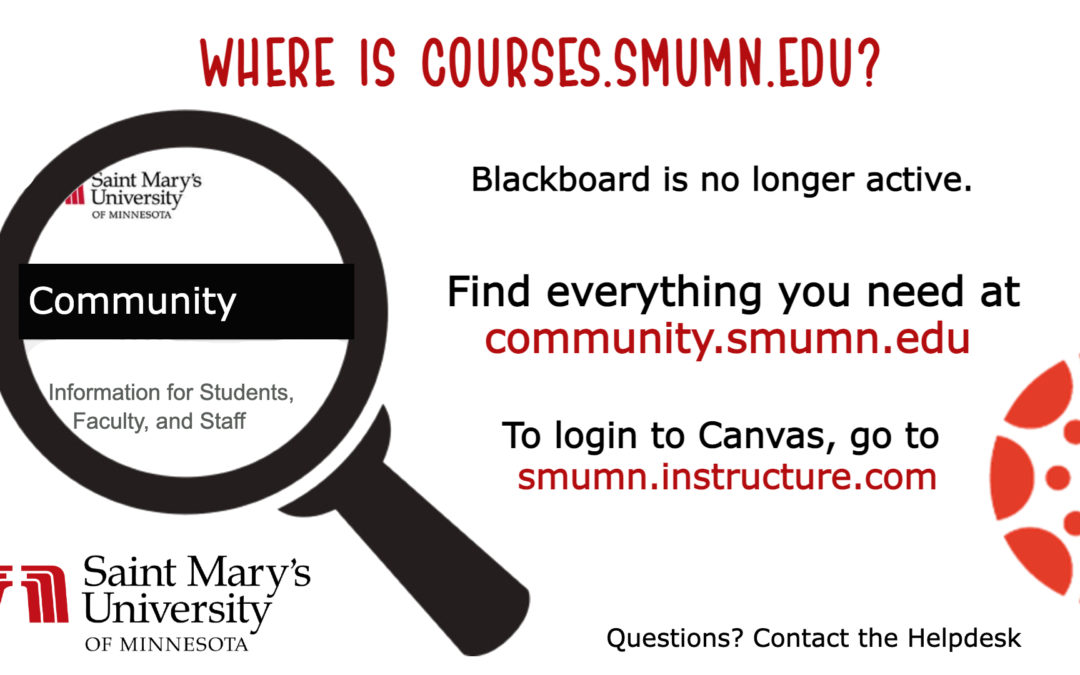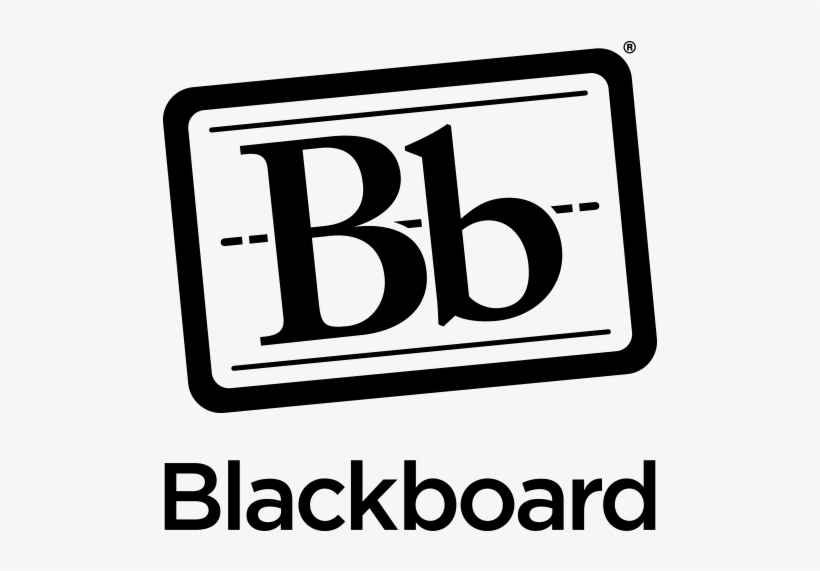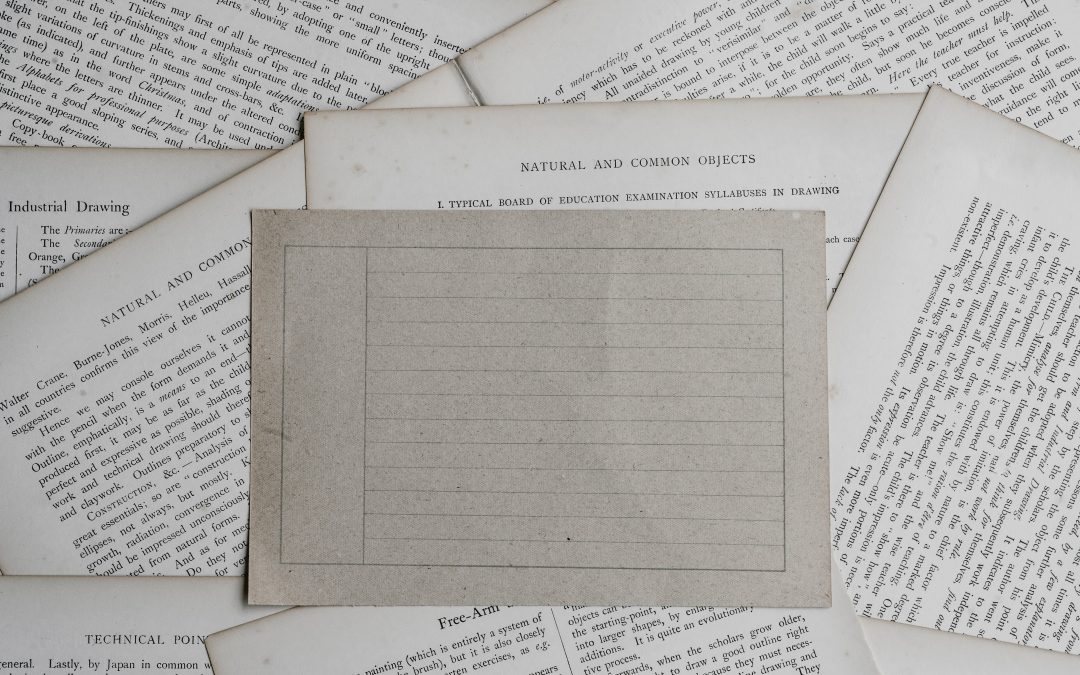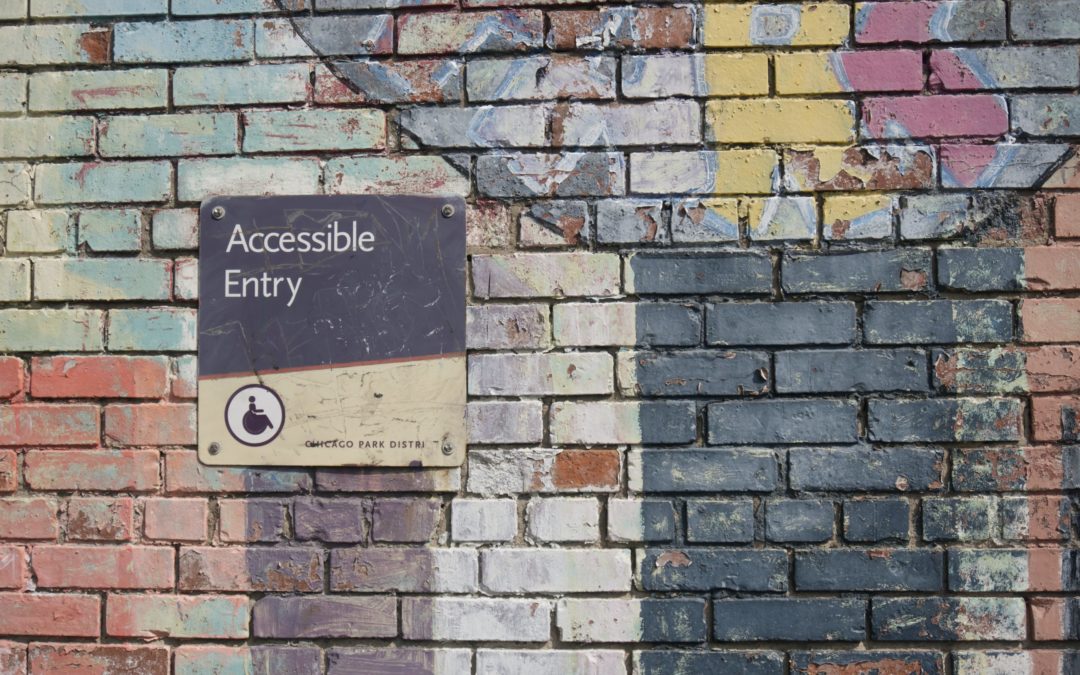News

Where is courses.smumn.edu?
As of June 1, 2021 Blackboard is no longer active for Saint Mary’s. This includes links to business, registration, HR, and other faculty and student services. To find those pages, please go to https://community.smumn.edu/. To login directly to the new online learning system, Canvas, please go to https://smumn.instructure.com/.
If you need assistance please contact the HelpDesk.

Blackboard Sunset Information
As of June 1, 2021, Blackboard for Saint Mary’s will be fading into the sunset. With courses and organizations migrated to Canvas, we bid a fond farewell to the learning management system that many of our instructors have taught in for years. We have a list of suggestions for faculty and students looking to make final preparations:
- Blackboard access ending for faculty and staff: What does this mean for you?
- Blackboard access ending for students: What does this mean for you?
And of course, if you need help with our new Canvas LMS, feel free to sign up for one of our many trainings or see this support document to get more focused help.
Saint Mary’s will maintain archive access to Blackboard for another year to ensure a smooth transition.
- If there is course content needed after June 1st please contact the Help Desk. They will create a ticket to retrieve the necessary items from the archive.
- If there is a need for student content or grades after June 1st please contact the Help Desk. They will create a ticket to retrieve the necessary items from the archive.

Giving Feedback: What Students Need and Want
As we make our way into and through summer courses, students are handing in their first assignments. For an instructor, this can be a daunting time. We subconsciously realize that the marks we put on a physical or digital paper stake out the relationship we have with a student for the rest of the course. So what kind of feedback helps students the most in courses? It may not be the kind of feedback you as an instructor got from your instructors in college. The keys that come up over and over again in the research can be summed up in three words: specific, timely, and personal.
- Feedback should be specific. We may be used to comments on papers or assignments that were given to us as students: “unpack”, “expand”, “this doesn’t seem quite right”, and so on. But these turn out to be less helpful to students. Far more helpful is to give them feedback that is specific, with direction about how to improve. For instance, instead of highlighting an underdeveloped thought and saying “expand”, try to explain what more you were looking for. You might write something like this instead: “I was hoping that you would write more about aspect X here. Your audience will be familiar with that aspect of this practice and will wonder if you know what you’re talking about if you leave it out. If you need more information, check out section X in the text or this reference from our course resources: [resource].”
- Feedback should be timely. It is a lot of work to get through 20 papers. But we know from research on teaching and learning that the longer we wait after a student has submitted something, the less our feedback makes a difference in future performance. In the worst case scenario, a student might not be prepared for a future assignment that involves feedback from the previous assignment. Instructors are not machines, but the sooner feedback happens (though immediate feedback on longer papers probably isn’t a great idea), the more students connect your feedback with the loose synapses that were firing when they wrote or presented their work.
- Feedback should be personal. One of the rougher lessons of teaching can be when two students discover you gave the same comments on both of their work. That’s unavoidable sometimes, but addressing students by name and connecting to individual details you might know about them has a big effect. Even bigger: expressing confidence that you know they can make the improvements you suggest. A little of that can go a long way in motivating them — particularly when they need to bridge a large gap between their work and your expectations.
And I know you’re wondering: doesn’t this all make giving feedback even more difficult as an instructor? It sounds like an awful lot of work, right? Oddly, though, the research has your back. The more feedback you give on a student’s work, the less they actually will be inclined to incorporate it and use it. Best feedback practices suggest that doing between 3-5 pieces of specific, timely, personal feedback generate greater student learning than 10 or more such pieces of feedback that isn’t specific, timely, or personal. But even better, it also suggests that there is such a thing as too much feedback even when it is specific, timely, and personal. So aim for between 3 and 5 of the biggest improvements or compliments you can give. It will be easier on you and your students.
For more on this topic:
- Research on what students need in terms of feedback from the Phi Beta Kappan
- An excellent collection of best practices and strategies in feedback from the government of New South Wales (in Australia)
(And as a bonus tip, it turns out that correcting all of a student’s grammar, spelling, or usage mistakes also fits this pattern. The more you correct, the less they are likely to remedy those mistakes. But if you stick to 3-5 main patterns of mistakes, they do more to correct those mistakes in the future.)

Canvas Minimum Usage
The Canvas Minimum Usage Transition document outlines the preparations faculty should complete for their Canvas courses prior to each term. The intention of these preparation lists is to provide a minimum level of consistency across course information on the Canvas learning management system (LMS) for students. They are staggered through learning pathways to ensure that faculty have adequate time to adapt to the new LMS and take advantage of its features to provide students the best overall learning experience. A phased rollout will guide faculty through the various components outlined in the document culminating in the achievement of the minimum Canvas usage by summer semester 2022. As noted in each phase, consistent use of the LMS enables a better and more consistent student experience. This ensures that each student has access to learning materials in a manner that is consistent from course to course throughout their time at Saint Mary’s. The expectations are approved by the University Academic Council and will be supported by the Center for Excellence in Learning and Teaching and the Department of Instructional Technology through refined training sessions, ensuring that faculty receive consistent support and access to training materials and ongoing professional development.
Read the full transition document by clicking the following link: https://celt.smumn.edu/policies/canvas-minimum-usage/

Honing your Certified Online Instructor Skills
Are you designing your first course online, trying to ensure your students have the maximum in terms of access, or looking to build on the skills you’ve learned recently in one or more of Saint Mary’s Online Instructor Certification courses? The summer is a great time for that, and our partners at Wiley have some great, self-paced options that are designed to fit any schedule. You can enroll with your smumn.edu email address here: https://academicengagement.wileyedsolutions.com/learn/
Online Course Design with Wiley
This self-paced module will familiarize faculty developers with the Wiley course design process and what the experience of working with a Wiley Learning Designer will be like. The course covers basic best practices and design principles around determining course outcomes, design planning, and designing assignments.
- Self-paced
- Complete the entire module or skip between topics for on-demand training
- LMS agnostic design strategies (you can apply what you learn in Canvas)
- From start to finish, module may take up to 2 hours to complete
Designing for Accessibility in Online Education
Whether from the escalation of accessibility based lawsuits or just an increasing awareness of the types of disabilities affecting online learners, there’s been a corresponding increase in the scrutiny of and anxiety about instructional materials online and their perceptibility to persons with disabilities. This course seeks to soothe those anxieties by instilling in participants empathy for the student experience and empowerment that their courses and instruction can be made accessible.
- Self-paced
- Complete the entire module or skip between topics for on-demand training
- From start to finish, module may take up to 3 hours to complete

An Update on Online Instructor Certification Opportunities
We are very proud of all of our faculty who have gone through our Online Instructor Certification courses so far. We have had over 250 badged certification course completions so far and that number will swell as we certify even more people in April and May. Having room in those intermediate and advanced courses for the months of April and May meant that we had to pause new introductory enrollments for April. But, we are resuming the introductory course in May, and will continue the additional courses through the summer.
You can sign up on the Online Instructor Certification page, though please know that in order to go through the sequence of courses we are asking that you get your dean’s permission first. Before we register new recruits for the course, I will run the list of those signed up by the deans to make sure those permissions are in place.

Dr. Annika Konrad’s Talk and Workshop recordings available
We were ecstatic to have Dr. Annika Konrad come to Saint Mary’s to talk to faculty and staff about access, pedagogy, and interdependence. There was great discussion and many takeaways from the talk and workshop. But if you missed them, you can now see the recordings on our recordings page, or click on this post to see them here!
Dr. Annika Konrad’s Talk: “Learning from Stories of Access Fatigue: Building Interdependence into Pedagogical Design”
Dr. Annika Konrad’s Workshop: “What gets in the way of access and how to fix it”
